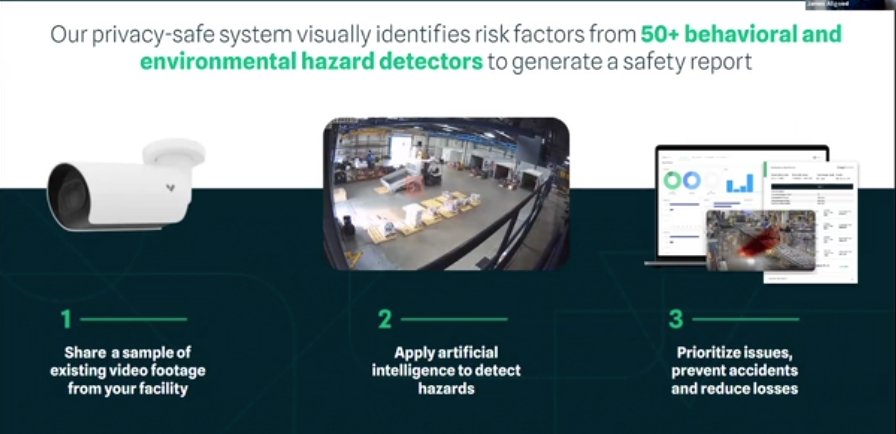How do Safety Controls Increase Productivity?
Safety controls, such as protective equipment or safety procedures, are sometimes perceived as lowering productivity because they may require additional time or effort to implement. For example, an employee may need to take additional time to put on protective equipment before starting a task, or may need to follow a specific safety procedure that requires additional steps.
Additionally, some employees may feel that safety controls are unnecessary or burdensome, and may resent the additional time or effort required to follow them. This can lead to a perception that safety controls are lowering productivity.
It is important for organizations to recognize that, while safety controls may require some additional time and effort, they are ultimately an investment in the long-term productivity and success of the organization. By preventing accidents and injuries, safety controls can help to protect the well-being of employees and to ensure that they are able to work efficiently and effectively.
Additionally, by investing in safety controls, organizations can create a culture of safety that promotes the well-being of employees and encourages them to work more efficiently. This can lead to increased productivity overall.
Overall, while safety controls may require some additional time and effort to implement, they are ultimately an investment in the long-term productivity and success of the organization. By protecting employees from hazards and promoting a culture of safety, safety controls can help to increase productivity and improve overall efficiency.









